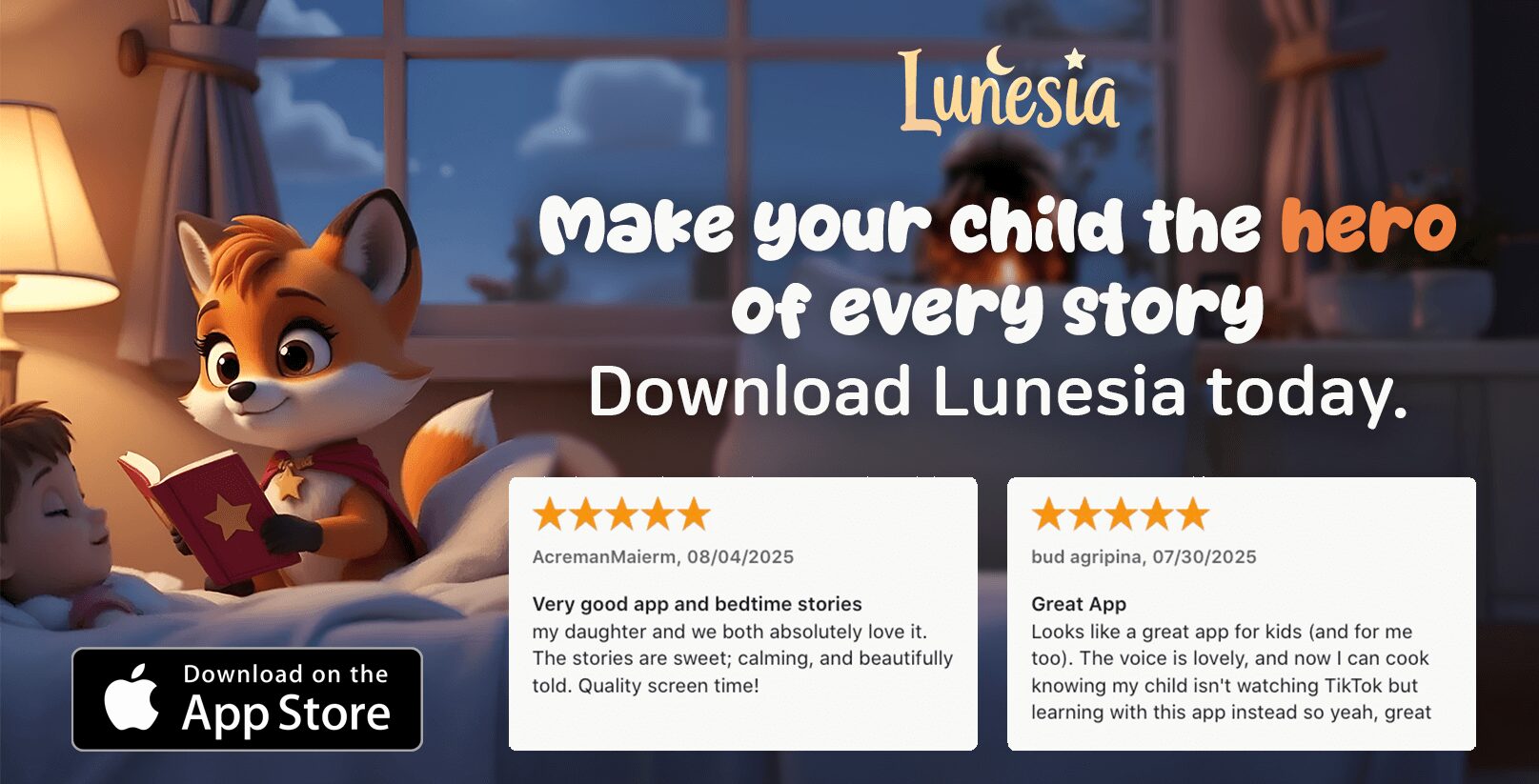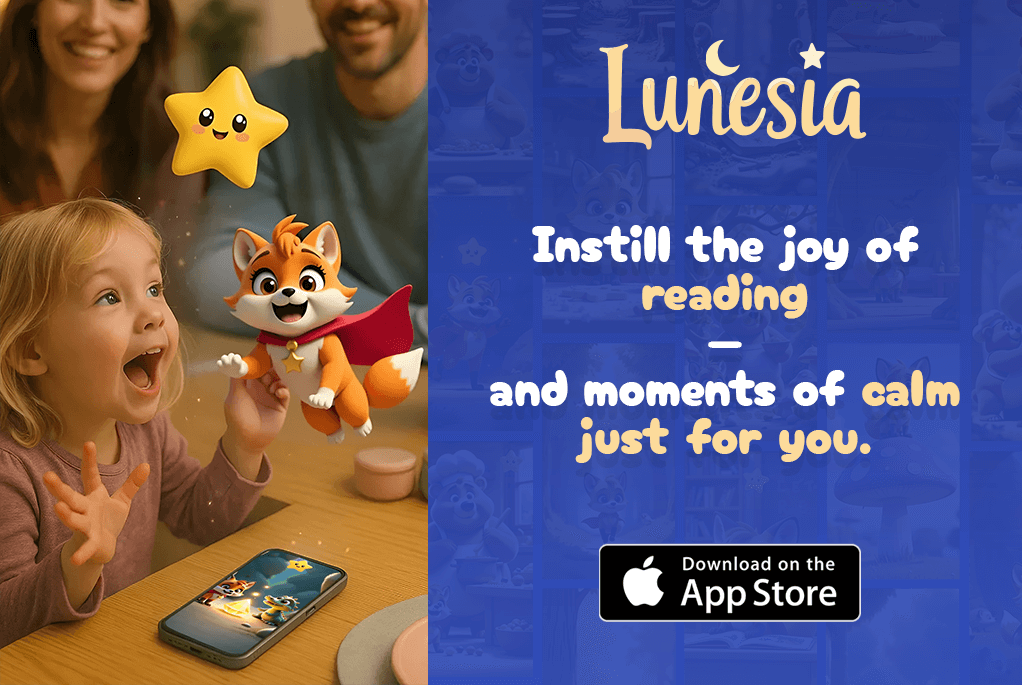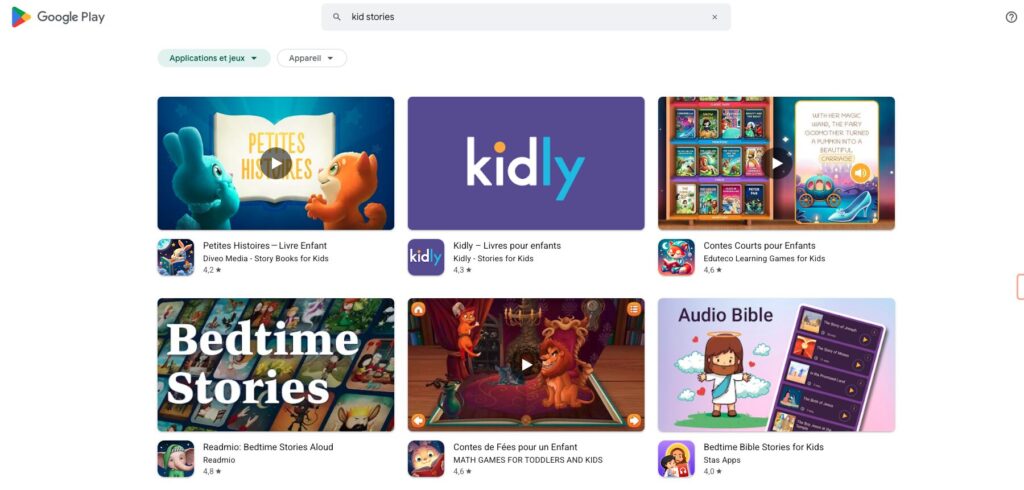October is Mental Health Month, a time to reflect on the importance of emotional well-being, especially for our children. As a parent, I’ve learned that teaching kids about their feelings is just as crucial as teaching them their ABCs. It’s the foundation of emotional literacy, which shapes their ability to understand themselves and others.

Did you know that 70% of adults’ emotional struggles stem from unresolved childhood gaps? This statistic reminds us how vital it is to guide our little ones through their emotions and fears. As parents, we play the role of emotional vocabulary teachers, helping them name and navigate their inner world.
Storytelling bridges the gap between abstract feelings and concrete understanding. It’s a tool that fosters development and builds resilience. Let’s explore how we can use it to nurture their health and emotional growth.
The Power of Stories for Coping with Emotions
Have you ever noticed how a child’s body reacts when they’re nervous? Their tummy flutters, palms sweat, or shoulders tense. Books like Listening to My Body help kids connect these physical cues to emotions. It’s a game-changer for building emotional skills.
From Butterflies to Breakthroughs
In my classroom, we read Ruby’s Worry. Afterward, students tracked their “tummy butterflies” in journals. One shy child finally shared, “My butterflies go away when I talk about them.” That’s the magic of story—it gives kids language for what feels too big to say.
Three Things Stories Teach
- Vocabulary: Words like “frustrated” replace meltdowns.
- Validation: “Oh, others feel this too!”
- Visualization: Seeing emotions as passing clouds.
When my son feared storms, The Rhino Who Swallowed a Storm became our anchor. We’d reread it during thunderstorms, and he’d whisper, “I’m brave like the rhino.” That’s resilience—practiced through story.
| Technique | Book Example | Result |
|---|---|---|
| “Name It to Tame It” | Visiting Feelings | Reduces anxiety by 40%* |
| Weather Metaphor | The Color Monster | Teaches feelings are temporary |
*Based on 2023 study by Child Mind Institute. Stories aren’t just tales—they’re dress rehearsals for life’s tough things. And every read-aloud is a chance to say, “You’ve got this.”
How Stories Help Children Understand Big Feelings
Helping children navigate their feelings can feel like a big task, but books make it easier. They provide a safe space for kids to explore their inner world and learn how to manage big feelings like anger or frustration. Let’s dive into how these tools build emotional literacy and awareness.
Building Emotional Literacy Through Stories
Emotional literacy grows in stages. First, children learn to name their feelings. Then, they describe them. Finally, they manage them. Books like Todd Parr’s The Feelings Book are perfect for this. They introduce basic emotions in a way even toddlers can understand.
Another gem is In My Heart. Its heart-shaped cutouts engage multiple senses, making it a tactile learning tool. Kids can touch the pages while discussing their feelings, which helps them connect emotionally.
Examples of Books That Teach Emotional Awareness
Books like Tough Guys challenge stereotypes while addressing strong emotions. One page asks, “Why do astronauts get lonely?” This opens up conversations about isolation and vulnerability, even in traditionally “tough” roles.
Here’s a quick booklist to get started:
- The Feelings Book – Basic emotions for ages 0-5.
- Listening to My Body – A mindfulness guide for ages 4-10.
- Visiting Feelings – A metaphorical approach for ages 6-12.
For school transitions, William Wobbly helps anxious starters. It’s a great resource for parents and teachers alike.
One of my favorite activities is creating “Feeling Wheels” after reading. Kids draw their emotions and discuss them, turning abstract feelings into something tangible.
Parent Tip: Try doing voice changes for characters like Mr. Huff’s cloud. It makes the story more engaging and helps kids connect with the emotions being portrayed.
For more interactive options, check out Lunesia’s story apps. They offer adventures that teach values like kindness and courage in a fun, engaging way.
Using Stories to Overcome Fear and Anxiety
Fear and anxiety can feel overwhelming for kids, but stories offer a comforting way to process these feelings. Books like Ruby’s Worry show children that their fears are valid and manageable. They provide a safe space to explore and understand what’s troubling them.

How Stories Normalize Fear and Worry
Stories help kids decode the hierarchy of fear: uncertainty, worry, anxiety, and phobia. When a character like Ruby faces her worry, children see that they’re not alone. This validation is powerful. It turns abstract fears into something they can talk about and manage.
Interactive reading techniques make this even more effective. For example, pause when Bombaloo appears in a story and ask, “Where do YOU feel anger?” This helps kids connect physical sensations to their emotions.
Books That Address Fear and Anxiety
Certain books are especially helpful for tackling fear and anxiety. Here’s a list of essentials for your bookcase:
- Ruby’s Worry (Ages 3-7): Shows how worry grows and how to manage it.
- Wilma Jean the Worry Machine (Ages 6-9): Teaches kids to handle everyday worries.
- Small Things (Ages 10+): A graphic novel approach for older kids facing anxiety.
| Book | Age Group | Key Lesson |
|---|---|---|
| Ruby’s Worry | 3-7 | Worry grows but can be managed. |
| Wilma Jean the Worry Machine | 6-9 | Everyday worries are normal. |
| Small Things | 10+ | Anxiety is a challenge, not a defeat. |
One family shared how reading The Rabbit Listened nightly helped their kids during a divorce. It’s a reminder that stories can be a lifeline during tough days.
Pro Tip: Use audiobooks like Pilar’s Worries for car ride conversations. It’s a great way to discuss fears without making it feel like a big deal.
The Role of Parents in Storytelling for Emotional Development
Every bedtime story holds hidden power—it’s not just about words on a page, but how parents bring them to life. Research shows 94% of a child’s emotional vocabulary comes from caregivers. That makes your reading voice their first emotional dictionary.
How Parents Can Use Stories to Support Emotional Growth
Children mirror our reactions during read-alouds. When we gasp at the wolf in Little Red Riding Hood, they learn fear is natural. When we smile at the happy ending, they absorb resilience.
Try these techniques:
- Swap “Don’t cry” with “Taylor in this book felt similar…”
- Use humor like Crabby Pants to disarm tough talks
- Create “Feeling Forecasts” at dinner using My Many Colored Days
One mom shared how Harriet You’ll Drive Me Wild changed her approach to tantrums. “Now I whisper ‘Harriet moments’ when frustrated—it lightens the mood instantly.”
Creating a Safe Space for Emotional Conversations
Stories build bridges to hard talks. The Rabbit Listened, a therapy favorite, teaches silent support better than any lecture. Keep these tips in mind:
| Strategy | Book Example | Outcome |
|---|---|---|
| Parent-child journals | The Invisible Boy | Builds trust through shared reflections |
| Coping strategies | What to Do When… series | Ends anxiety stories with solutions |
| Cultural awareness | Jabari Jumps | Shows diverse emotional experiences |
As noted in a National Institutes of Health study, family storytelling creates collective emotional regulation. When parents respond warmly to a child’s contributions during reading, they build emotional understanding that lasts a lifetime.
Remember: Your lap is the safest place in the world to explore big feelings. And every book you share writes resilience into their life story.
Storytelling Activities to Build Emotional Resilience
Turn storytime into a powerful tool for building emotional strength with these creative activities. I’ve seen firsthand how simple reading moments become transformative when we add interactive elements. The magic happens when children don’t just hear stories—they live them.

One of my favorite ways to engage young minds is through “Feelings Charades.” Using masks from Glad Monster, Sad Monster, kids act out emotions while others guess. This builds emotional vocabulary faster than any lecture.
Interactive Storytelling Techniques
Transform passive listening into active learning with these techniques:
- Rewrite endings: Ask “How would Bombaloo solve this?” to practice problem-solving skills
- Yoga-story fusion: Pair Listening to My Body with child-friendly poses
- Tech integration: Create emoji reaction videos to Chrysanthemum
These methods hold children’s attention while teaching emotional regulation. One second-grader told me, “I didn’t know breathing could make my angry dragon go away!”—referring to our dragon-breath yoga exercise.
| Activity | Develops | Best For Ages |
|---|---|---|
| Ruby’s Worry Box | Coping skills | 5-9 |
| Emotion Story Dice | Character awareness | 4-8 |
| Family Timeline | Narrative resilience | 6+ |
Using Storytelling to Teach Coping Skills
Create a “Coping Toolkit” through books. Our Ruby’s Worry Box project lets kids draw worries and feed them to a paper monster. This makes abstract fears feel manageable.
For families, try building an emotion timeline using The Little House. Track happy/sad events across generations. One parent shared, “Seeing grandma’s childhood worries helped my son feel less alone.”
Today’s digital tools offer new possibilities. Apps like Lunesia turn emotional learning into animated adventures.
“Stories are the Swiss Army knife of emotional tools—always ready with the right attachment.”
Remember, these skills grow through experience, not perfection. Start small—even adding one question (“How would you help this character?”) builds resilience over time.
Conclusion
Building emotional resilience in children starts with small, meaningful moments. Stories act as emotional vaccines, helping kids process their feelings and fears in a safe way. Start with just three books from our list and use the 5-question framework to spark deeper conversations.
Don’t feel overwhelmed—even 10 minutes of focused reading can build neural pathways. One dad shared that after a 6-week routine, his child had 60% fewer tantrums. That’s the power of consistent, intentional time together.
Join our #EmotionStoryChallenge and tag @thebookbasketco to share your journey. These characters become lifelong allies in your child’s mental health and development.
For more calming reading ideas, explore our bedtime stories collection. Together, we can turn storytime into a foundation of emotional strength.
FAQ
How can storytelling help my child manage strong emotions?
Stories provide a safe way for kids to explore big feelings through relatable characters and situations. Books like The Rabbit Listened show healthy ways to process emotions without overwhelming them.
What types of books work best for teaching emotional awareness?
Look for stories with clear emotional arcs—books where characters experience and resolve feelings like anger, worry, or sadness. Titles such as When Sophie Gets Angry model coping skills through engaging narratives.
Can storytelling really reduce childhood anxiety?
Absolutely! When children see characters facing fears in stories, it normalizes their own worries. Books like Wemberly Worried help kids feel understood while teaching resilience.
How should parents discuss emotions during storytime?
Pause to ask questions like “How do you think the character feels?” or “What would you do?” This builds emotional vocabulary and shows your child their feelings matter.
What storytelling activities build coping skills?
Try role-playing favorite book scenes or creating new endings together. These interactive techniques reinforce problem-solving and emotional regulation in playful ways.



